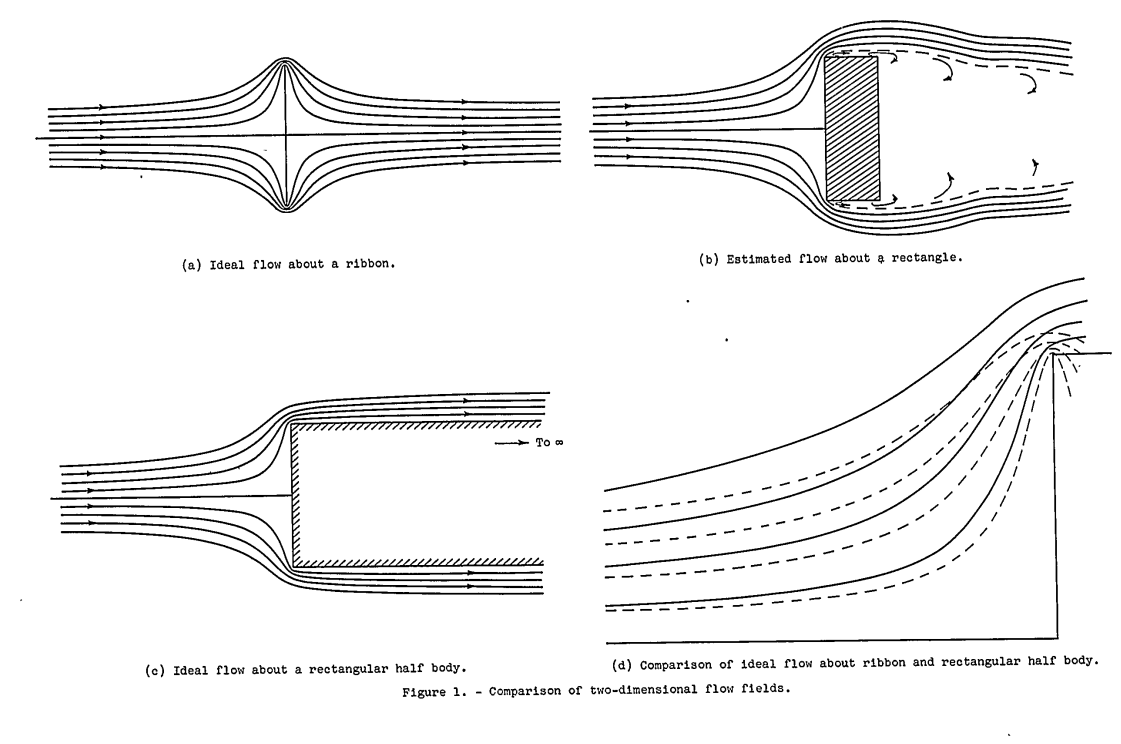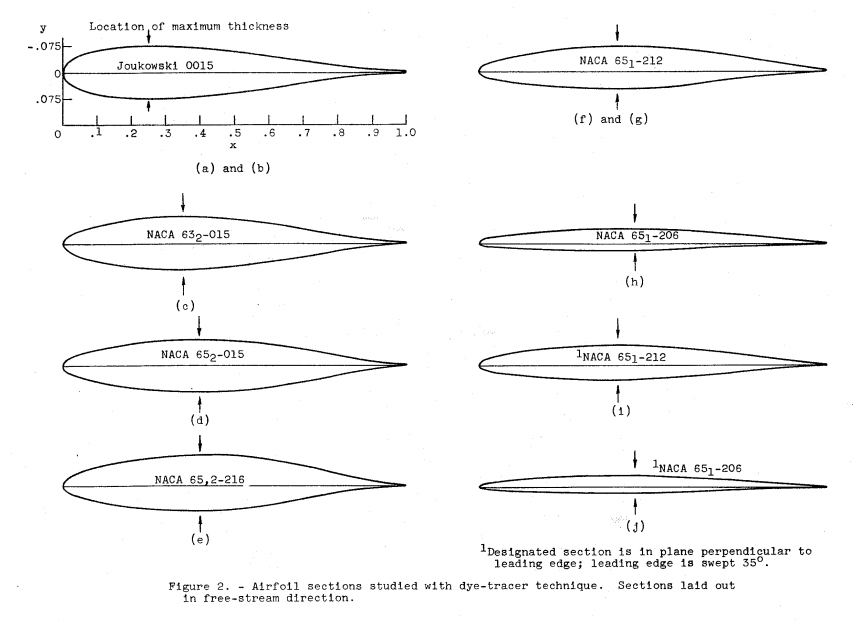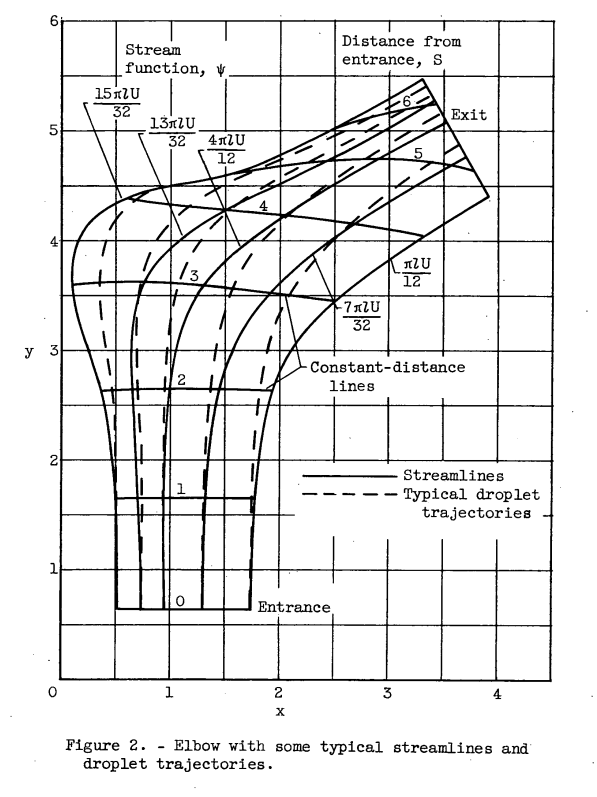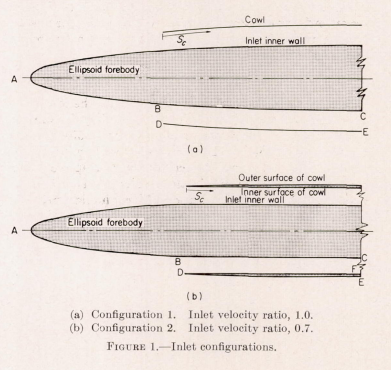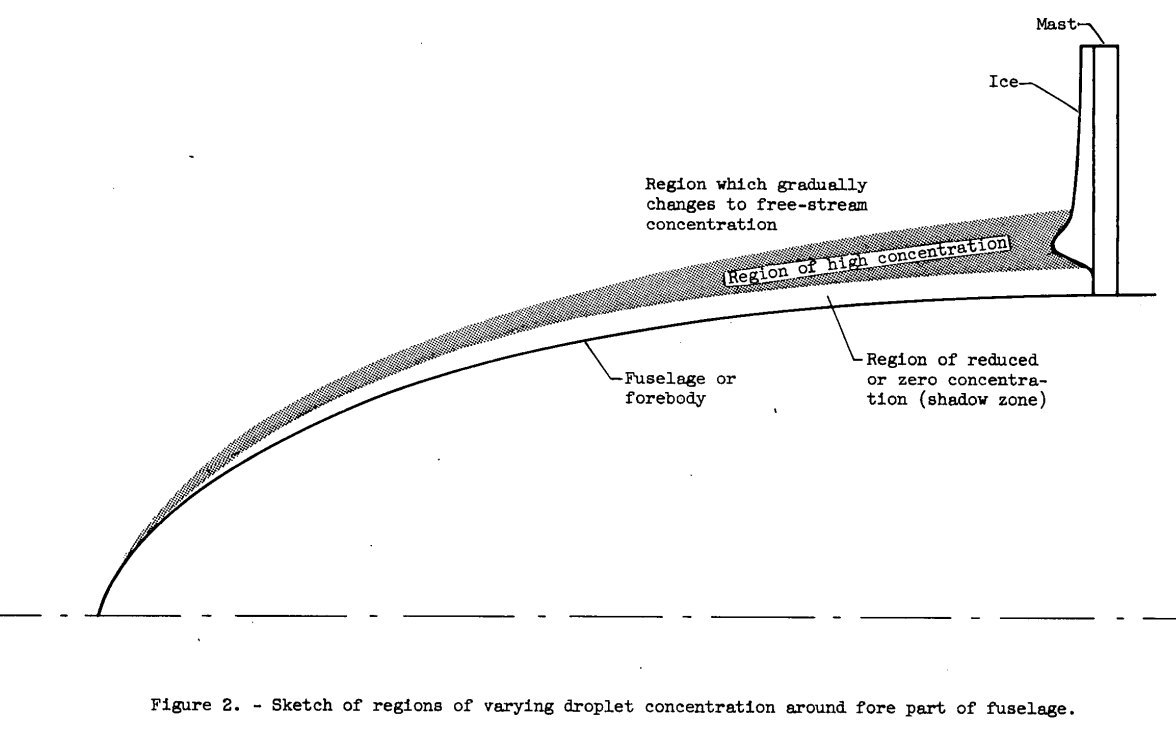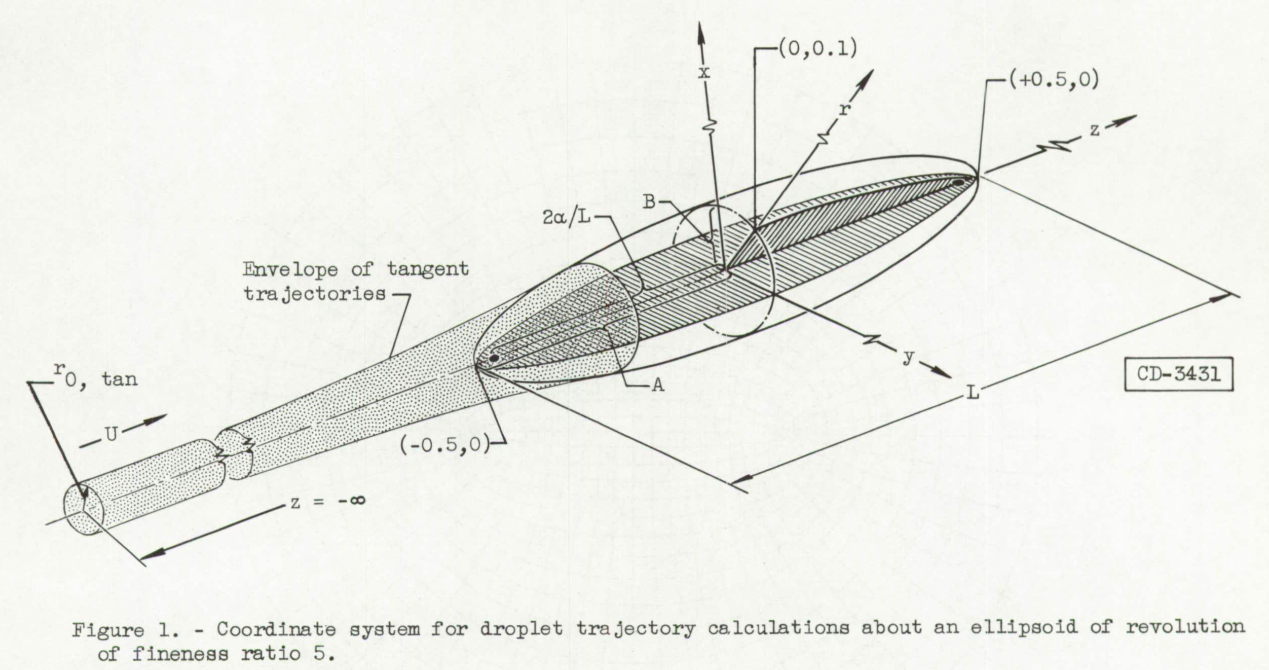The size of water drops in clouds
The water that causes most aircraft in-flight icing is small drops in clouds. Average drop sizes are typically 10 to 50 "Micrometers" (μm) in diameter (for comparison, a human hair is about 50 to 100 micrometers in diameter).
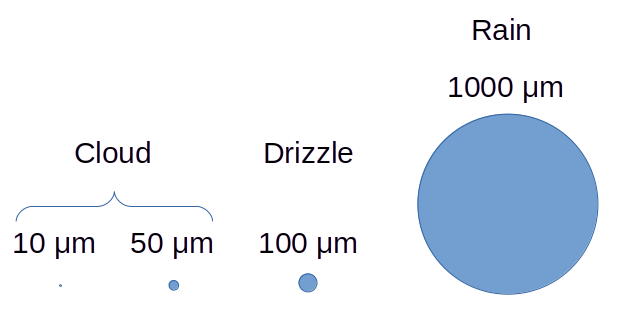
Typical drop sizes, approximately proportional. Public domain image by Donald Cook.
In a particular cloud, not all water drops are the same size. The "Langmuir Drop Size Distributions" describe an idealized approximation of how the drop sizes vary in a cloud about an average or median drop size. It has seven bins, each with a representative drop size and fraction of the total water content in the cloud.
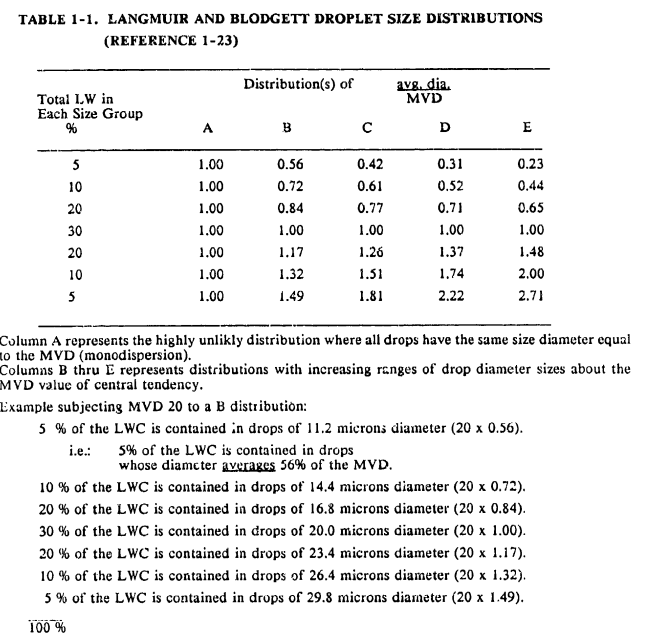
from "Aircraft Icing Handbook Volume 1", DOT/FAA/CT-88/8-1 apps.dtic.mil
The impingement of water drops on aircraft surfaces
Calculating the amount of water that hits or impinges on the surface of an airplane as …
read more


